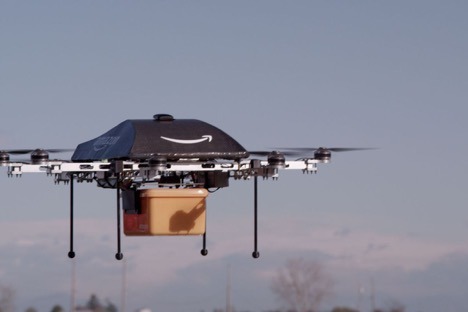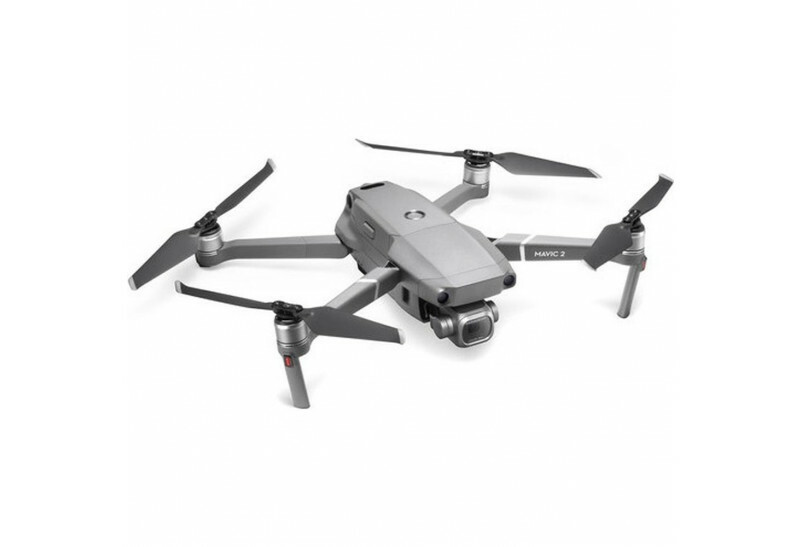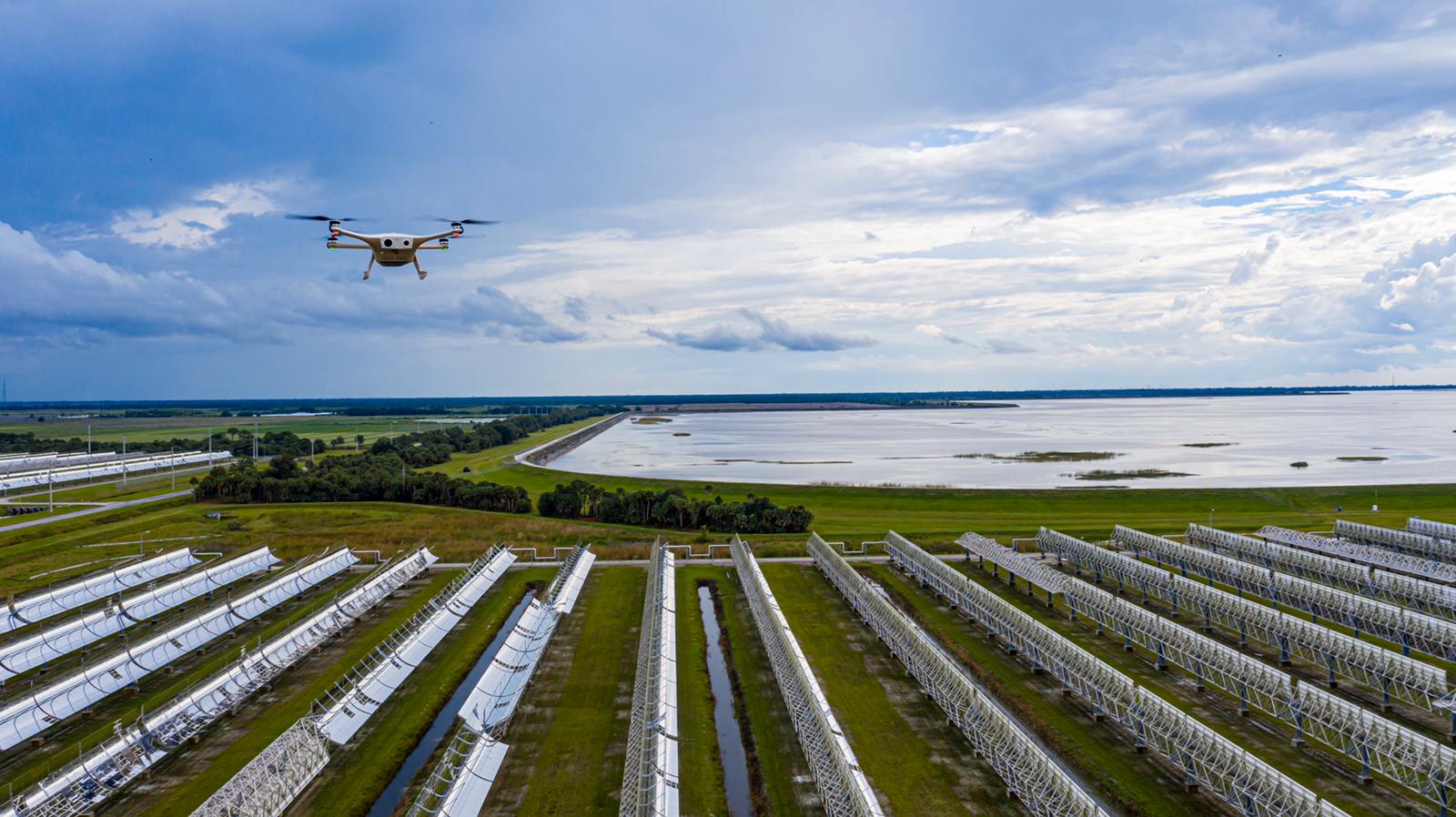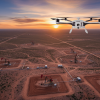What do you envision when you hear the word “drone?” Today, drones are used in many ways including delivery of small items, industrial site inspections, infrastructure monitoring, mapping, crop monitoring, emergency response and security surveillance. The use cases seem endless as more and more industries discover ways that drones benefit their business. And of course, as world regulators are beginning to work with industry leaders and stakeholders to allow for more complex operations – as is the case in the US with the new beyond visual line of sight aviation rulemaking committee.
Yet when drones first emerged on the market, they were strictly used for military purposes.
Let’s take a look into the history and uses of drones since they were first used to get a clearer picture of how the industry expanded to what it is today.
So, what is a drone?
In modern uses, the word “drone” refers to Unmanned Aerial Vehicles (UAVs). In other words, aircraft that don’t require an onboard pilot in order to operate. For our purposes, technologies in the drone sector will be broken down into two categories: drones that require a human operator to guide their missions and autonomous drones, which do not.
Since their first use in the mid-1800s, drones have been used for photography, security, safety, and environmental applications. However, warfare is responsible for paving the way for the drone technologies we have today. Military units across the globe were among the first to recognize the benefits drones could provide to wartime strategies and began working to expand the industry.
The history of military drones: the 1800s
Today, when we think of military drones, we tend to think of sleek, advanced planes and quadcopters. However, the world’s inventors and militaries first developed drone technology as balloons, torpedoes, and aerial targets – feats of invention and innovation at the time.
Since the mid-1800s, militaries around the world have been utilizing drone technology for:
- Training
- Target Practice
- Air Strikes
- Bomb Detection
- Surveillance
- Hostage Negotiation
In 1849, the Austrian Navy used two hundred incendiary balloons in an effort to capture Venice.
By the early 1900s, the United States military began exploring drone technology to build practice targets for training.
World War I
In 1915, Nikola Tesla wrote about unmanned aerial combat vehicles. The first attempt at a self-propelled drone as an aerial target was completed in 1916 by A.M. Low. It wasn’t until World War I that the first pilotless torpedo was invented by the Dayton-Wright Airplane Company.
After World War I, companies worked to push drone technology forward with inventions like the Hewitt-Sperry Automatic Airplane and the Kettering bug, an unmanned aerial torpedo. Most efforts during this time were completed by the military up until 1935, when actor and model-airplane enthusiast Reginald Denny became the first civilian to develop a remotely piloted vehicle.
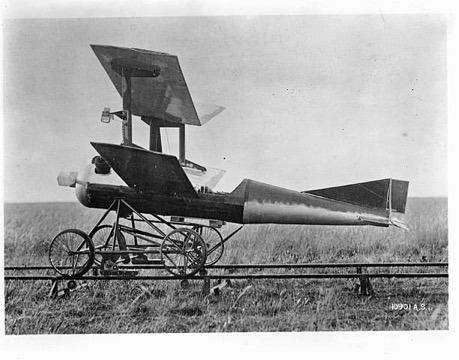
First Pilotless Torpedo – Getty Images
World War II
During World War II both Allied and German forces used drones to train aircraft gunners and aid in missions. After the end of World War II, drone developers began using jet engines in technologies like the Australian GAF Jindivik and the Model 10001, built for the U.S. Navy by Beechcraft.
However, after World War II, technology innovations stalled until the Vietnam War.
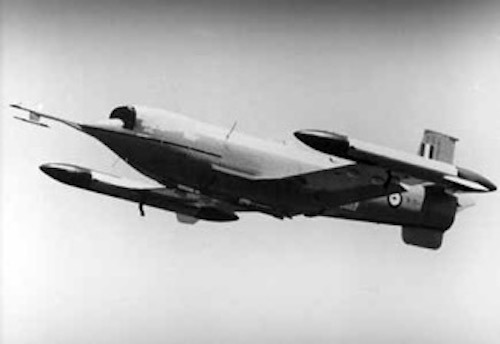
Australian GAF Jindivik
The Vietnam War
In the early years of the war, the U.S. Air Force began using unmanned aircrafts to cut down on pilot deaths over hostile territory. Investment in drone technology continued after the Soviet Union shot down an American spy plane in 1960.
By the late 1960s, the U.S. government had invested in and used drone technology throughout Vietnam and to aid in naval missions, though most of these missions were classified.
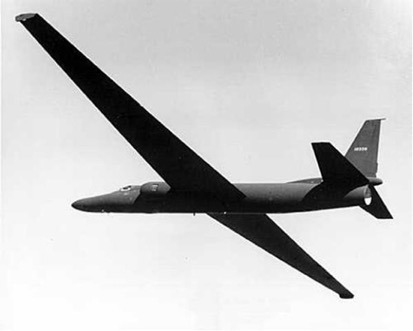
American U-2 spy plane
The 70s, 80s, & 90s
In the early 70s, Israel began using drones as decoys in the Yom Kippur War. It was during this same time that the United States officially confirmed that they had been using drones in Vietnam. According to the Armed Forces Journal International in 1982, the U.S. stated that they had flown more than 3,435 drone missions during the war for both decoy and surveillance applications.
It wasn’t until the 1980s and 90s, that the U.S. military began heavily investing in the technology. The U.S. Department of Defense awarded the AAI Corp and Israel-based Malat contracts in the 90s to develop more advanced drone technology, which resulted in more cost-efficient technologies.
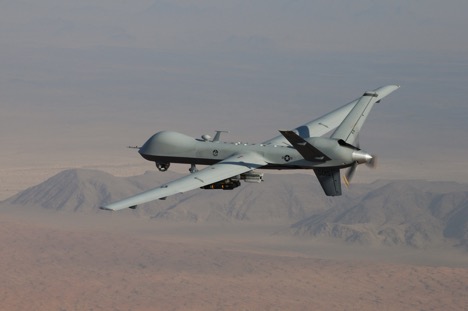
The MQ-9 Reaper is a larger, more powerful version of the U.S. government’s initial MQ-1 Predator drone developed in the 1990s.
In the mid-90s, the U.S. government began The Predator program , which resulted in the MQ-1 Predator, equipped with a Hellfire anti-tank missile on its wings. It paved the way to the MQ-9 Reaper in 2007. The Predator and Reaper drones are what most people today picture when they think of military drones.
Today, over three-dozen countries and multiple terrorist groups and non-state actors have weaponized drones in their arsenal.
Commercial drones take flight
Informed by military research and development over the previous 150 years, the first use of drones for non-military ventures started in 2006, the same year the Federal Aviation Administration issued its first commercial drone permit.
Government agencies quickly began testing drone technologies for disaster relief and border surveillance while corporations began using them for commercial applications like pipeline inspections, crop evaluation, and security.
(via The Verge)
Despite these major advancements in technology and regulation, it would be another decade before the commercial drone industry would truly take off.
Hobby drones become mainstream
It wasn’t until 2013, after Amazon announced it would use drones for delivery, that the general public really began to take notice.
While the commercial drone space has struggled with regulations over the last ten years, the personal and recreational drone industries have grown under less scrutiny.
The majority of hobby drones, those used by private citizens for non-commercial purposes, are quadcopters, or drones with four propellers. They are considerably cheaper than their commercial counterparts, typically under $2,000 and lacking the sophisticated software and sensors required of their commercial counterparts.
In 2015, the first legal delivery of medical supplies occurred in the U.S. The market for global medical drones is predicted to reach $947.6 million by 2027.
Hobby drones, such as this one by DJI, have grown in popularity over the last five years for photography and racing.
In 2018, companies around the world, from the U.S., to China, to Israel, began investing funds to research drone use for things like taxi services, photography, and indoor applications.
In 2019, there were 12.9 Drone shipments of retail items. That number is expected to reach 122 million by 2023.
In 2021, the FAA reports that there are nearly 900,000 drones registered in the US alone. That includes a little over half a million drones registered for recreational use.
Meanwhile, sales of drones are predicted to top $12 billion in 2021.
The success of commercial drones
Even as the consumer drone market exploded and reduced the cost of drone technology, enterprises were reluctant to scale their drone programs. The FAA’s long term rules for commercial use and their implications remained uncertain, and the risk of investing was perceived as too high.
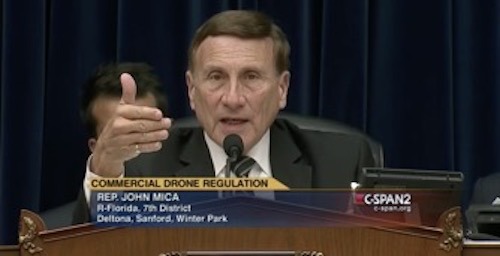
(via C-SPAN)
By the time of the first US congressional hearing on the issue in 2015, only 13 permits had been approved in nearly 10 years.
That all changed in the fall of 2016, when the landmark Part 107 rule clearly defined requirements for commercial operations in the US, effectively making skies open for business. Soon after, the FAA began issuing thousands of drone permits per year.
Not all operations are covered by Part 107. Instead, they require a waiver which people/businesses can apply for. It can take months until the waiver process is complete and waivers and not always approved. Thus, regulation is still a roadblock for advanced commercial operations. Note, there are similar regulations around the world including the UK, EU and Australia.
Agricultural and industrial sites were the first two main markets for commercial drone use. Drones were used to manage crops and carry out inspections. Due to tight margins in the agricultural market, other industries such as utilities, renewable energy, mining, drone deliveries and port and sea terminals have since outpaced it in terms of adoption.
Another market for drones that grown tremendously is the drone inspection market. The value of the inspections for confined spaces (examples include Oil and Gas, Power Generation, Mining, Chemicals, Marine Vessels, and others) was $795.12 million in 2019 and is projected to reach $1,936.32 million by 2027.
This growth has been fostered in part due to the 2021 approval by aviation regulators in the U.S of the first fully automated commercial drone flights. This meant approved companies could have drones operating without anyone controlling or monitoring it onsite.
Percepto and the future of autonomous drones
Drones have a bright future as they seep their way into more industries and companies discover more value-adding use cases. The future of autonomous drones is particularly bright due to the FAA’s shift towards streamlining approvals for fully autonomous drone flight, mainly with its new type certification (TC) program for drones. With this dramatic change, a reliable drone solution can undergo a series of thorough testing to prove to regulatory bodies that it can operate safely in specific, complex situations. With this roadblock removed, autonomous drones will be implemented at much larger scales across consumer and commercial industries alike, helping bring about a safer, greener and more efficient and productive future.
Percepto, one of the first companies in line to receive type certification, is a global market leader for autonomous industrial drones and remote autonomous inspection and monitoring solutions. Their systems are autonomous, intelligent and simple.
Contact one of our drone experts today to learn more about our advanced drone solution and keep your critical infrastructure and assets protected and your workers safe.


